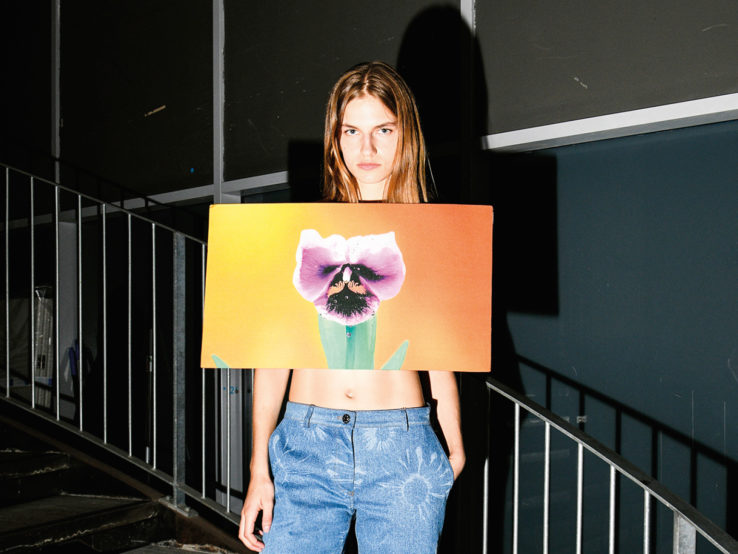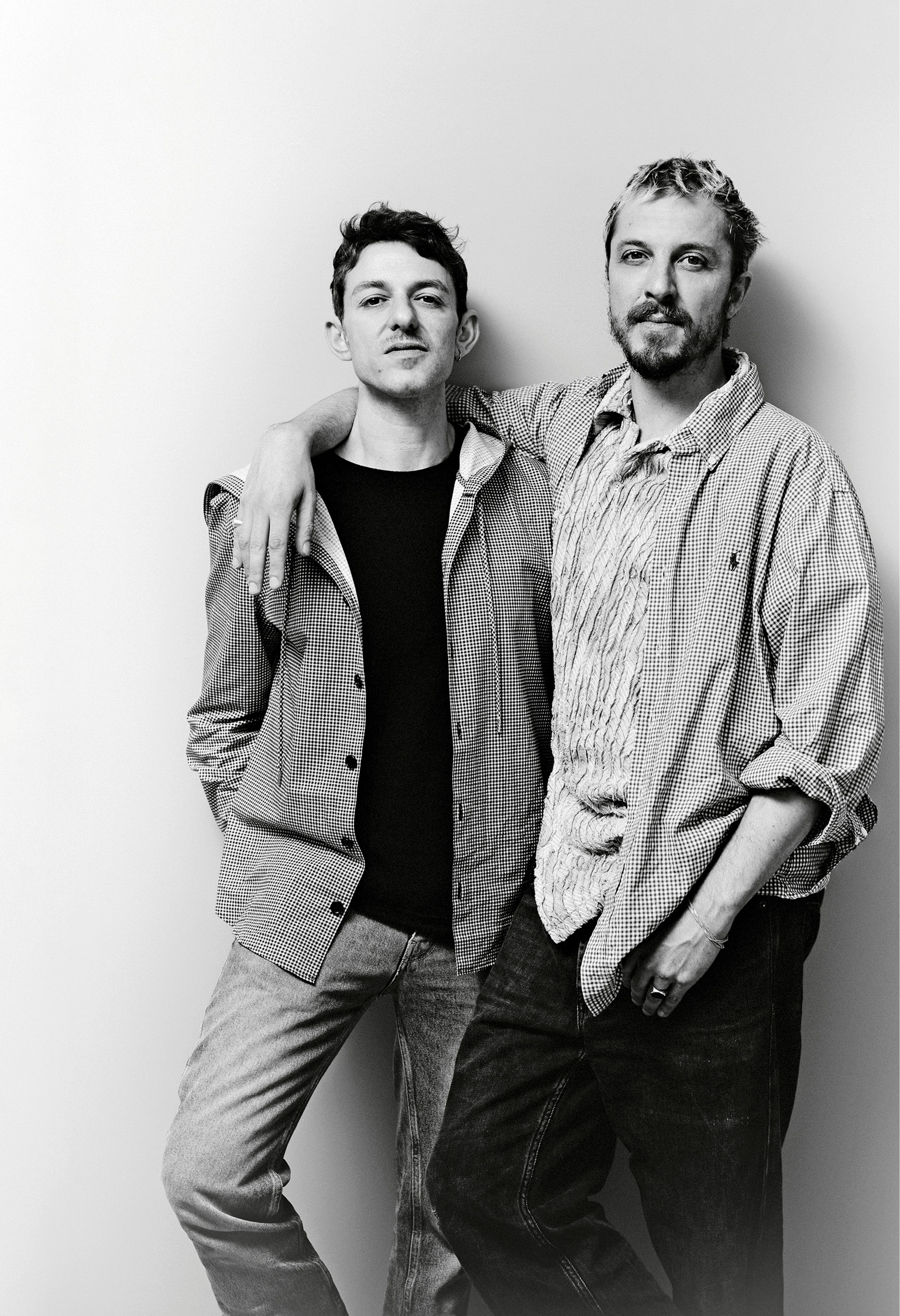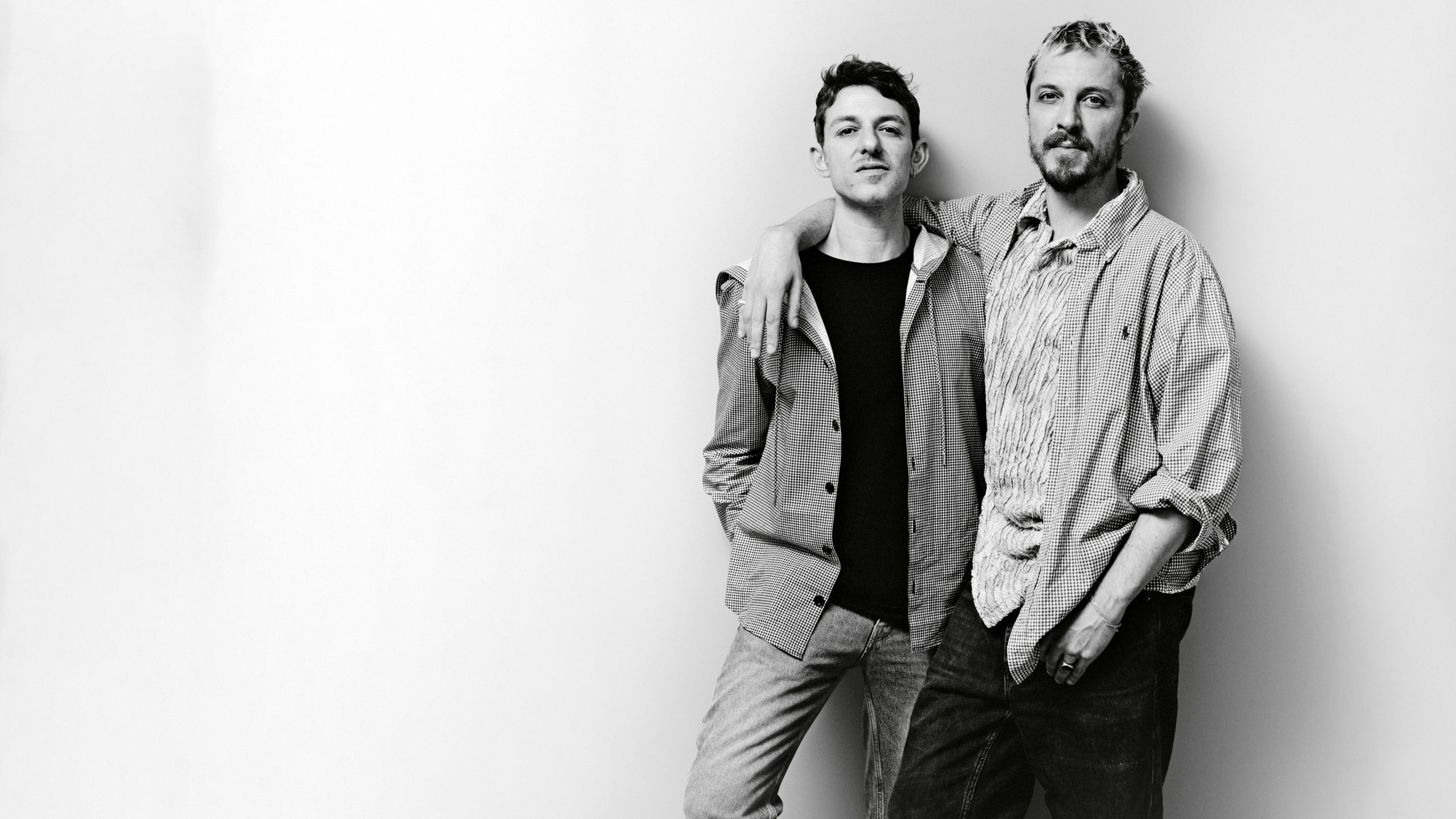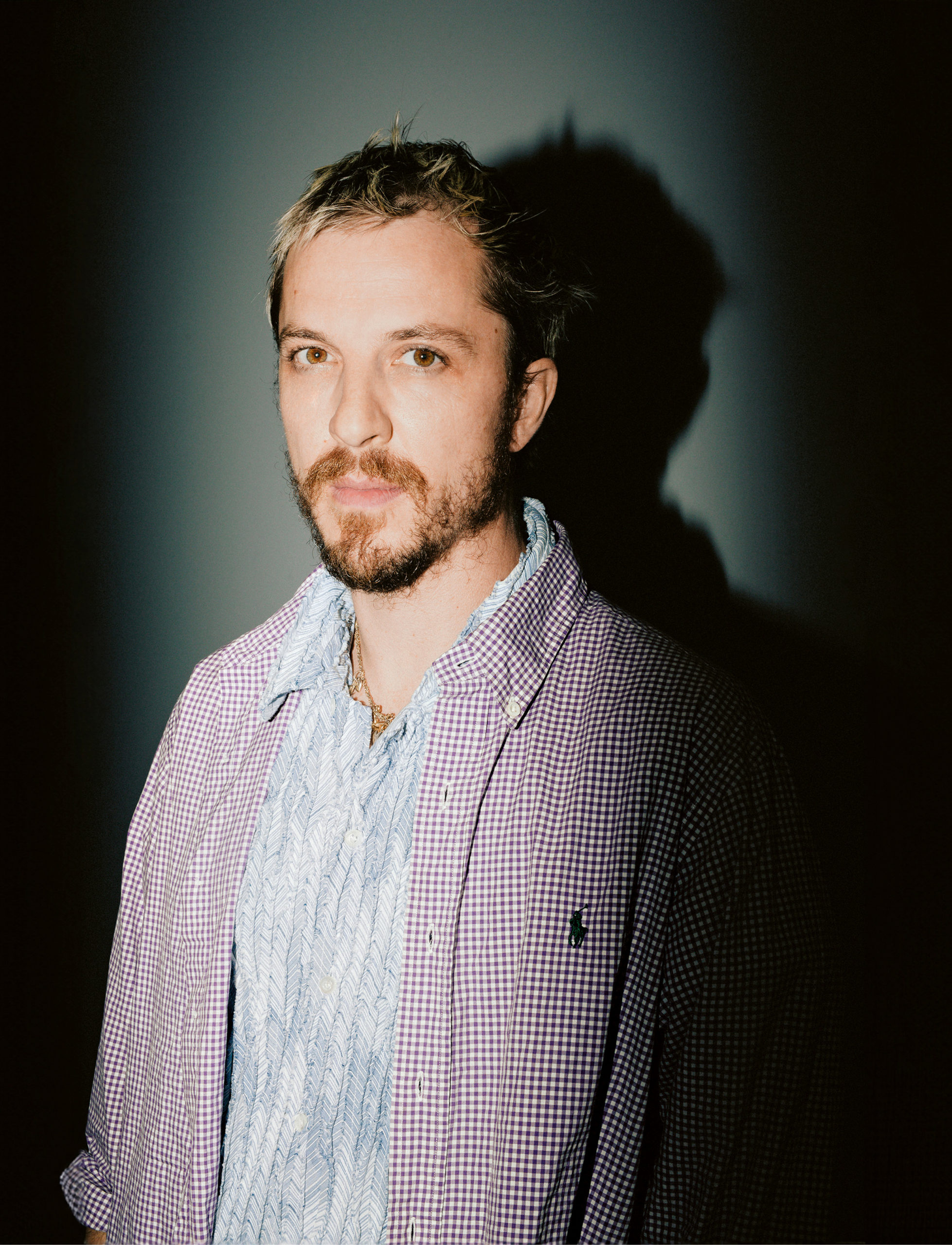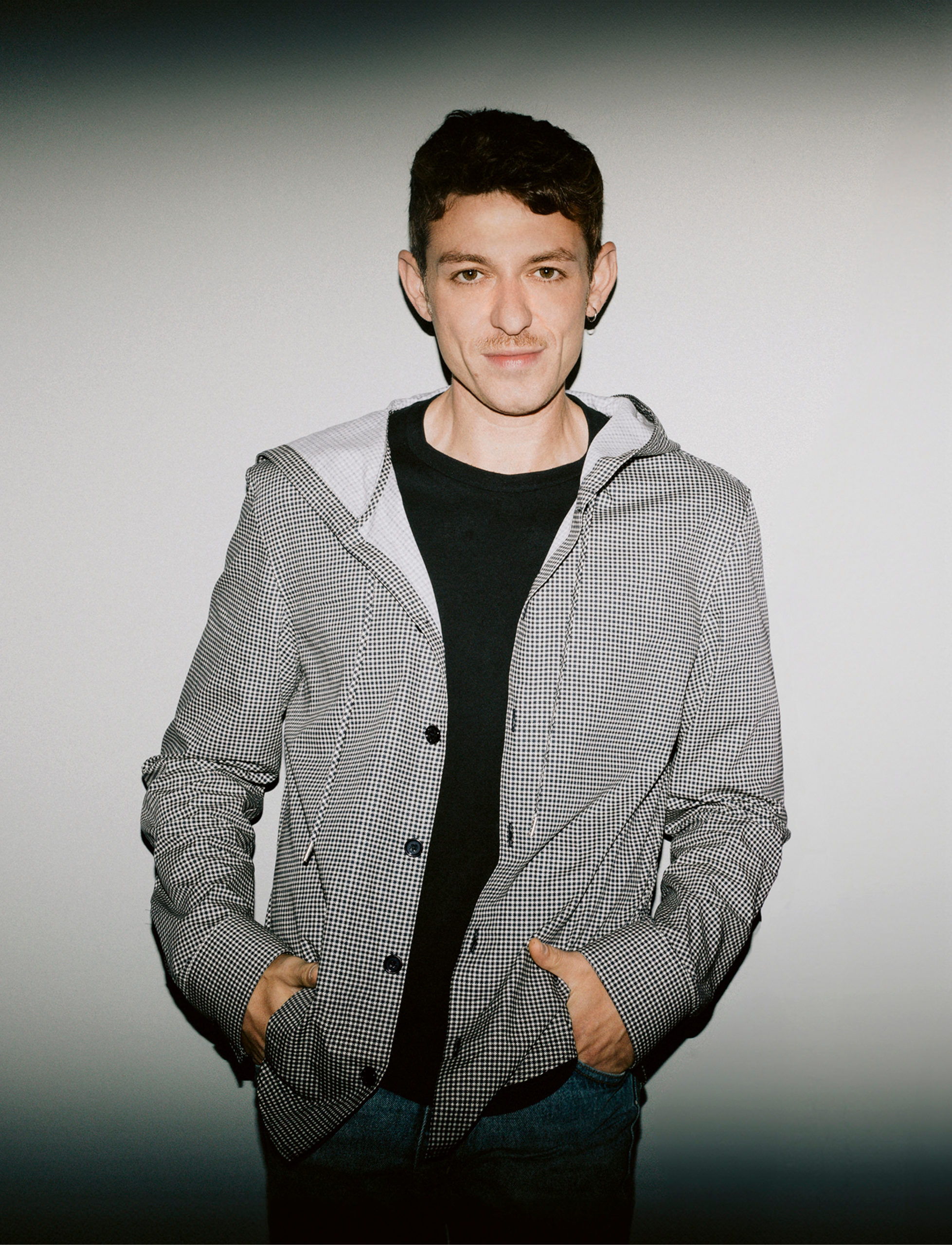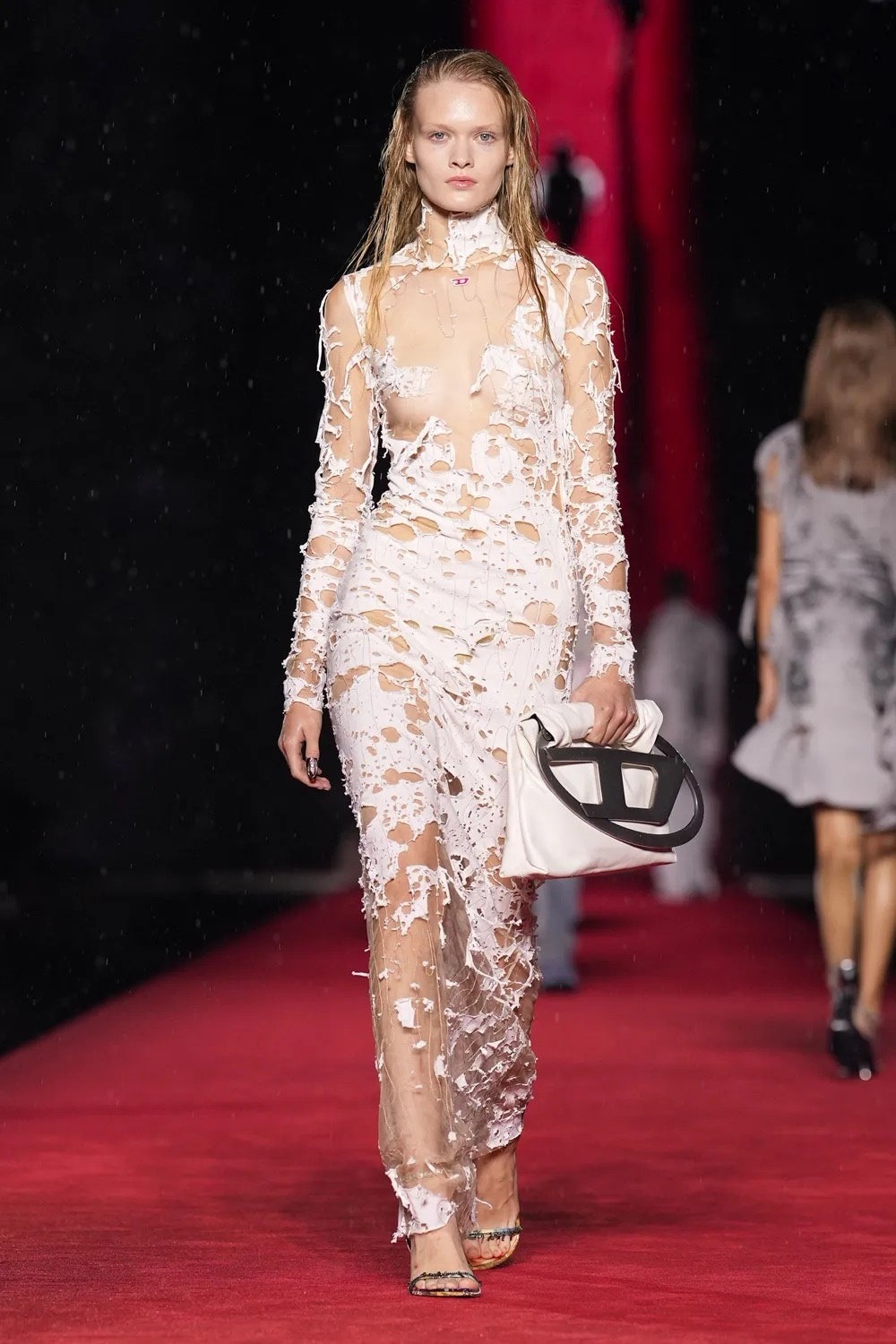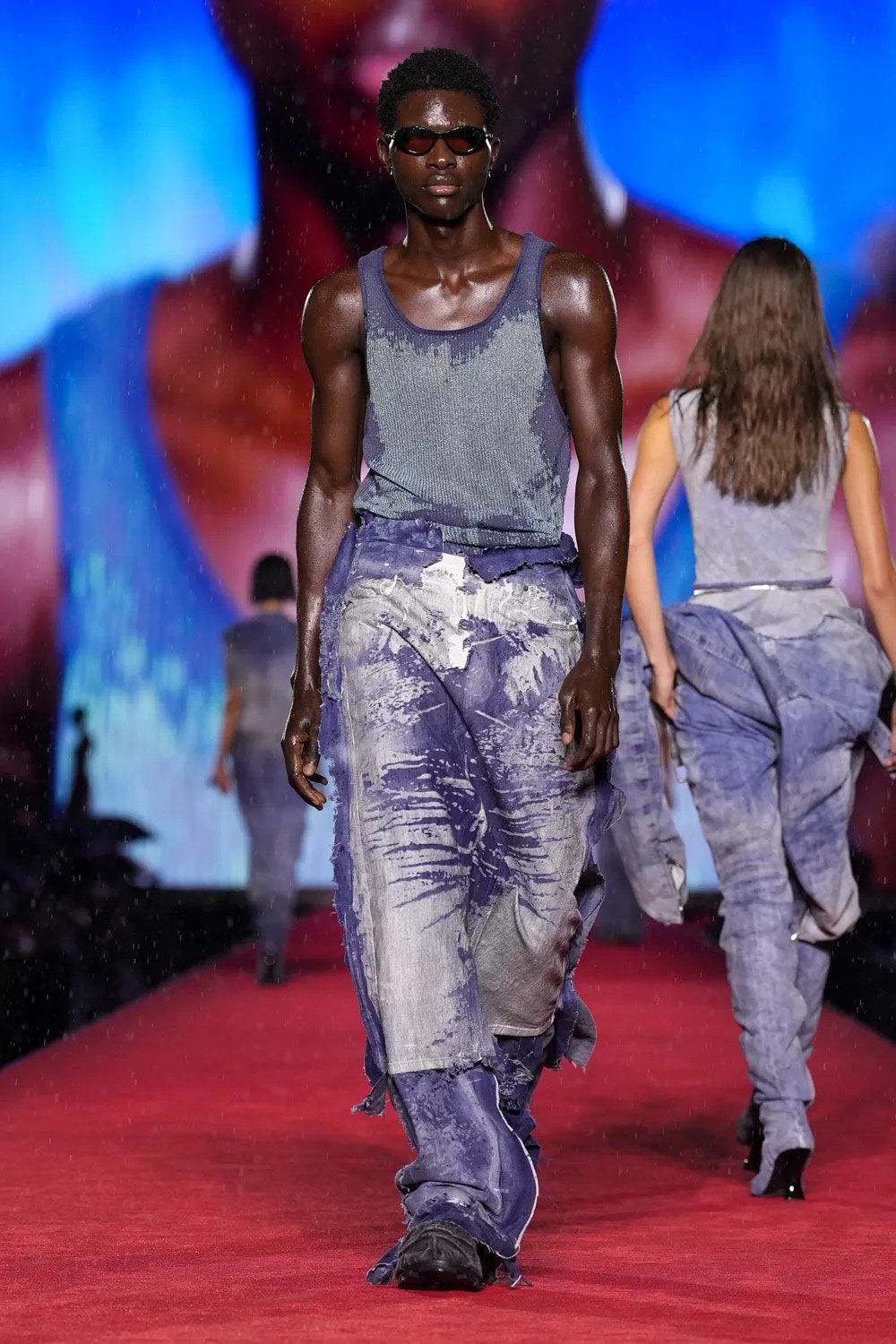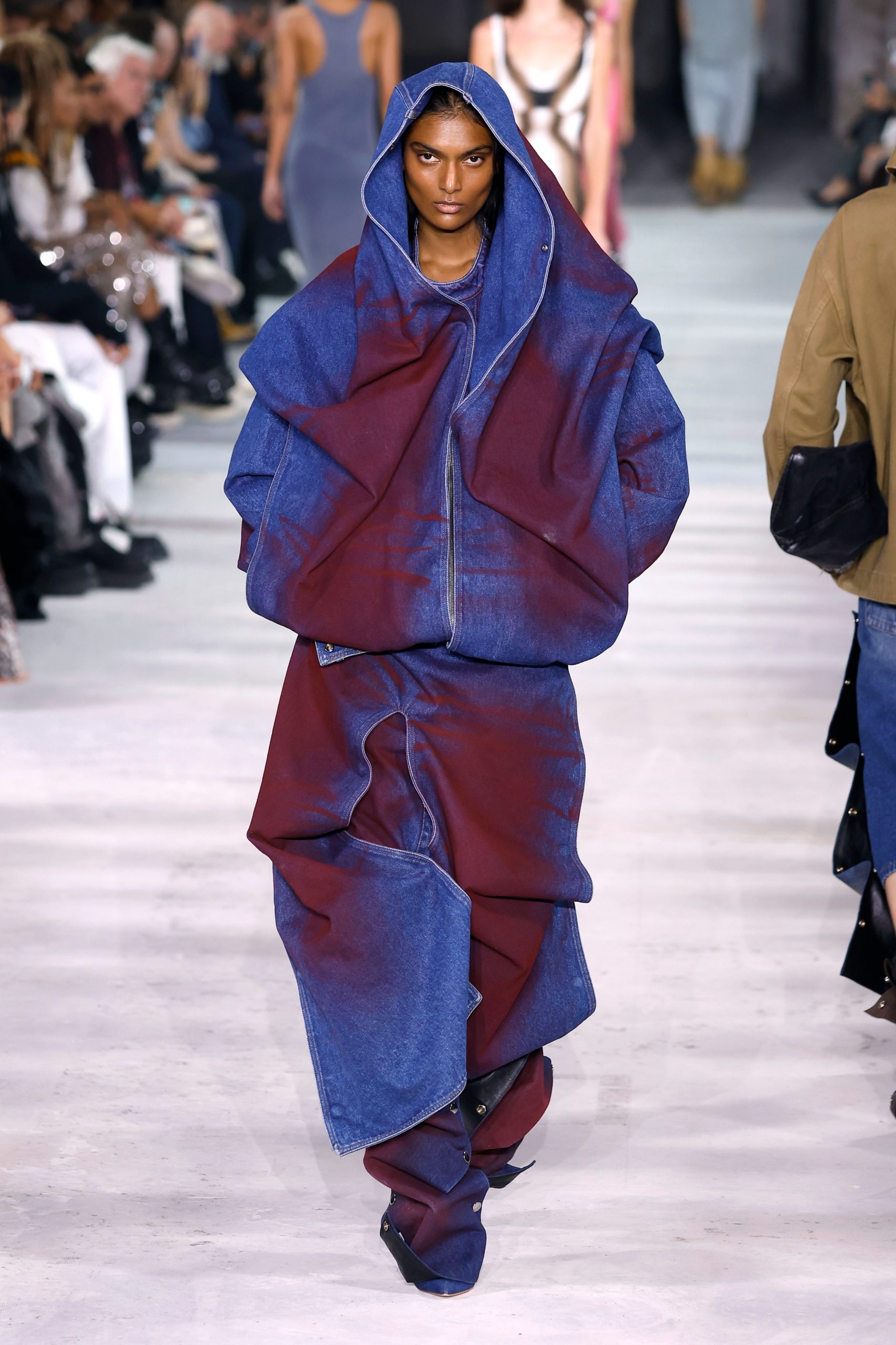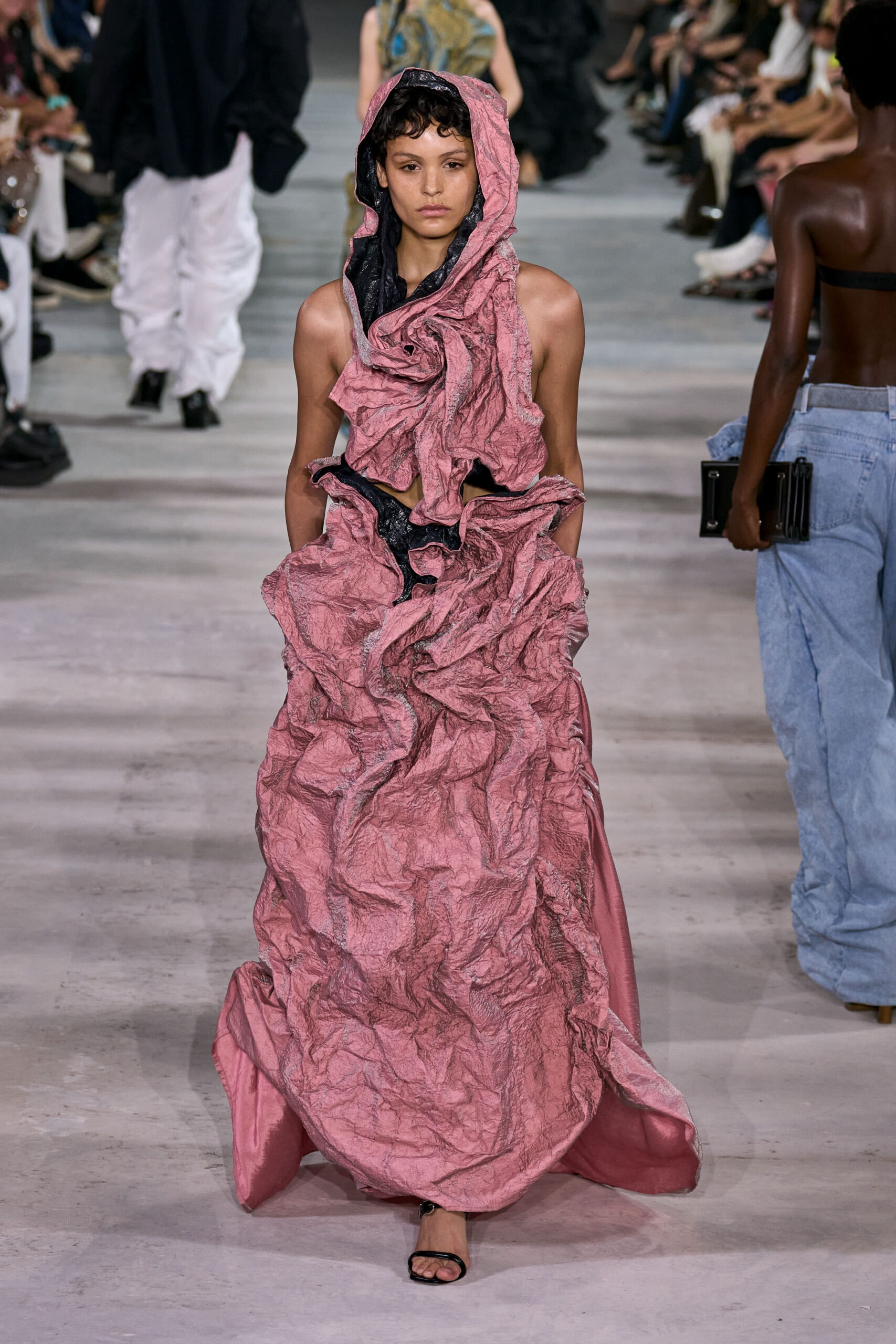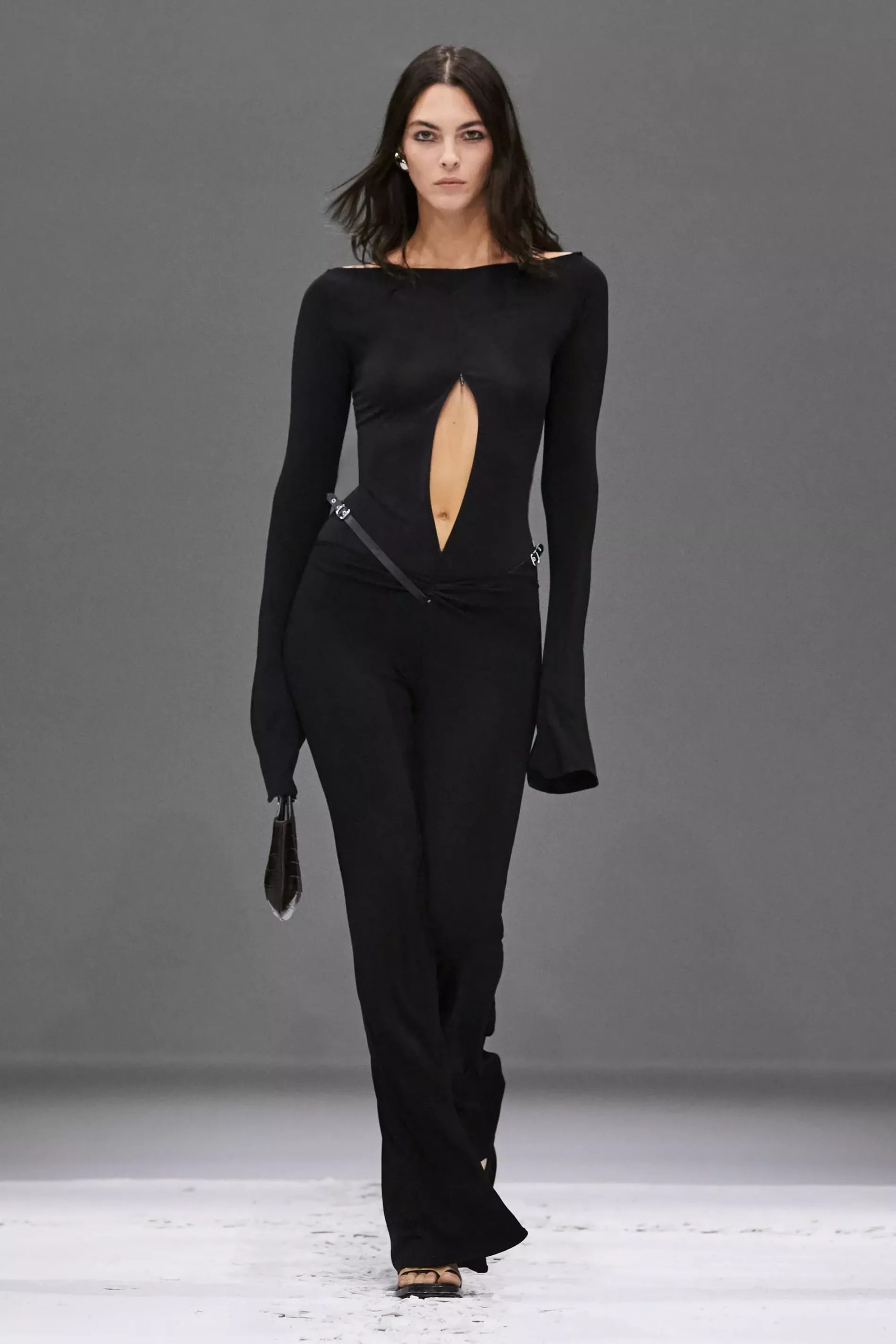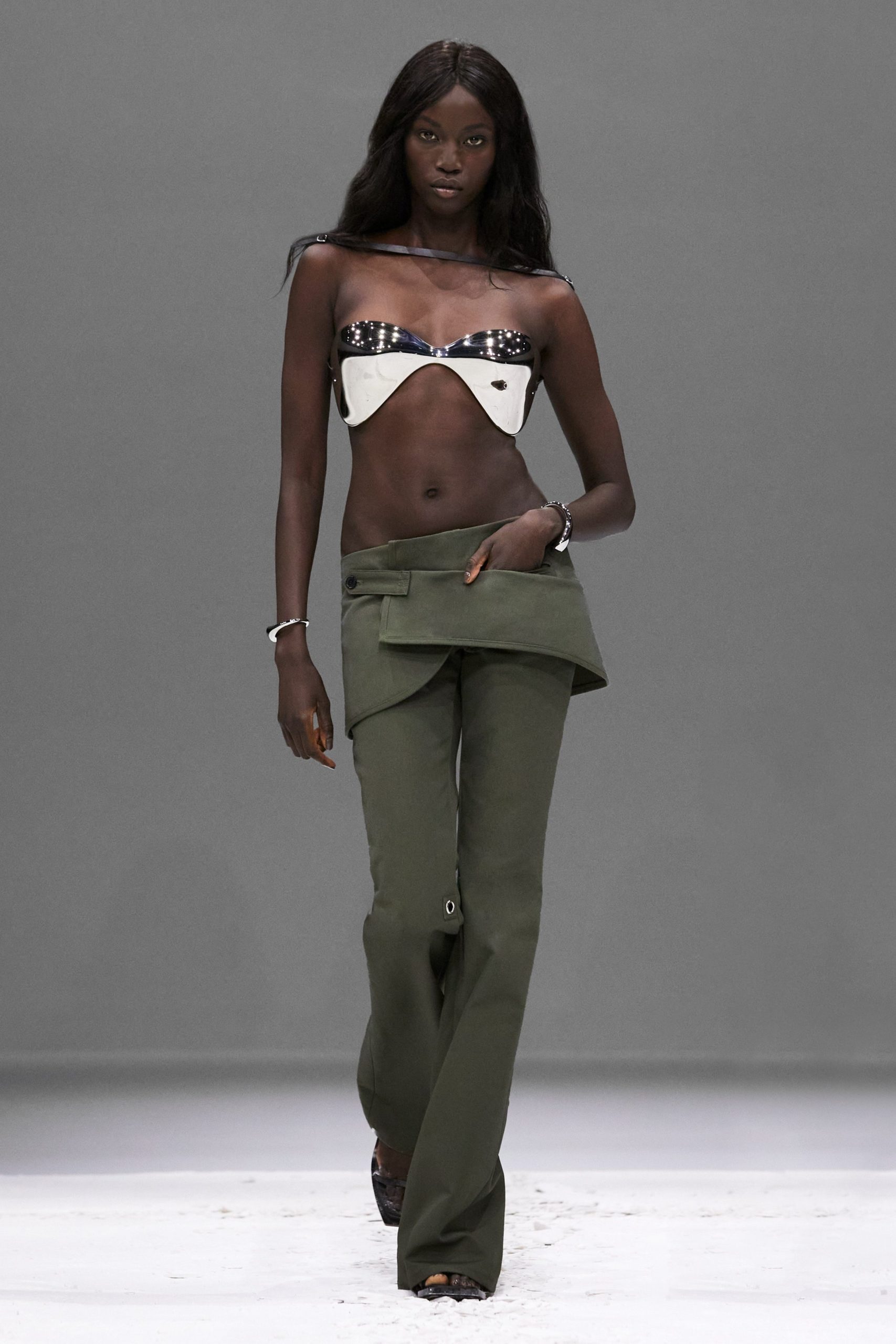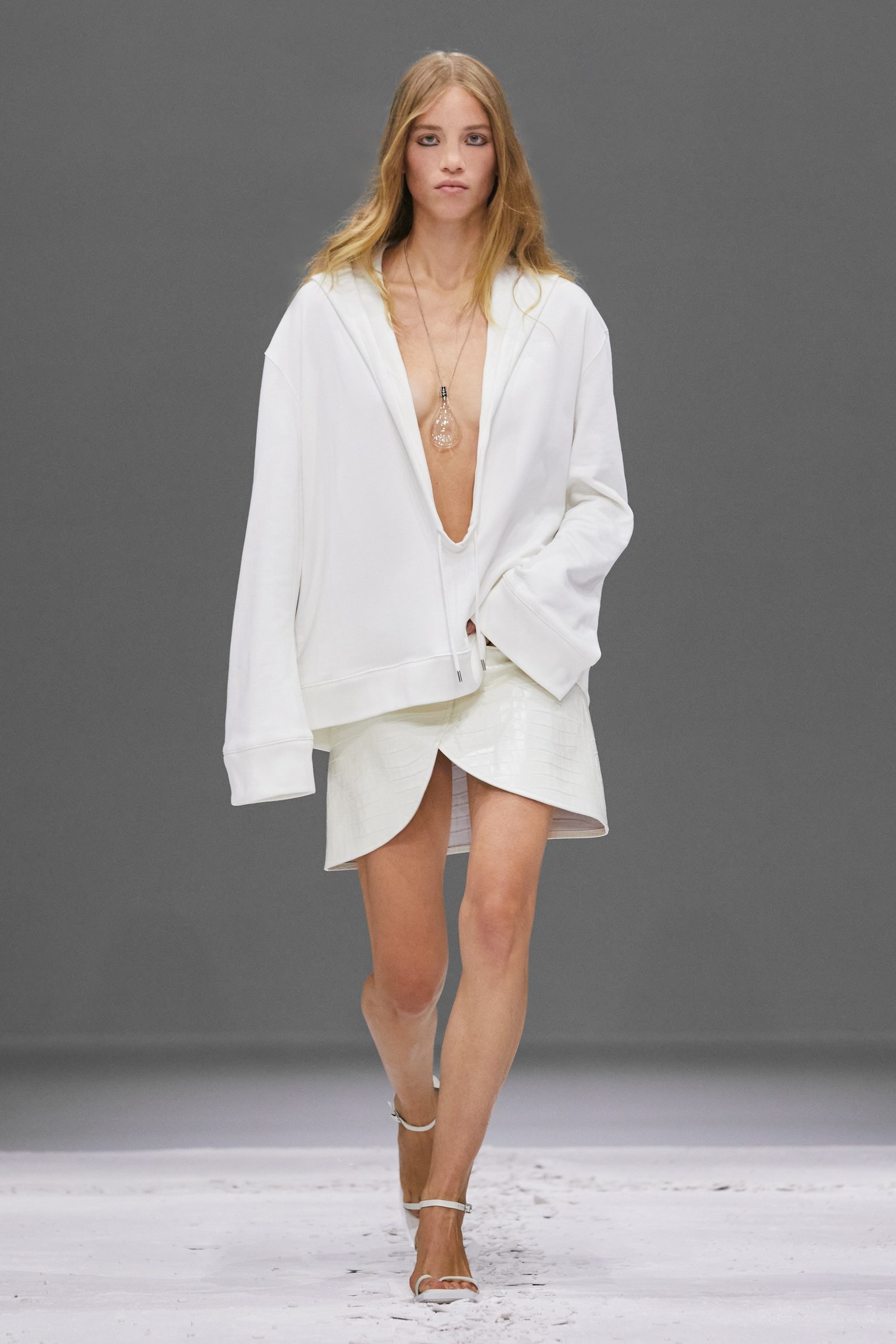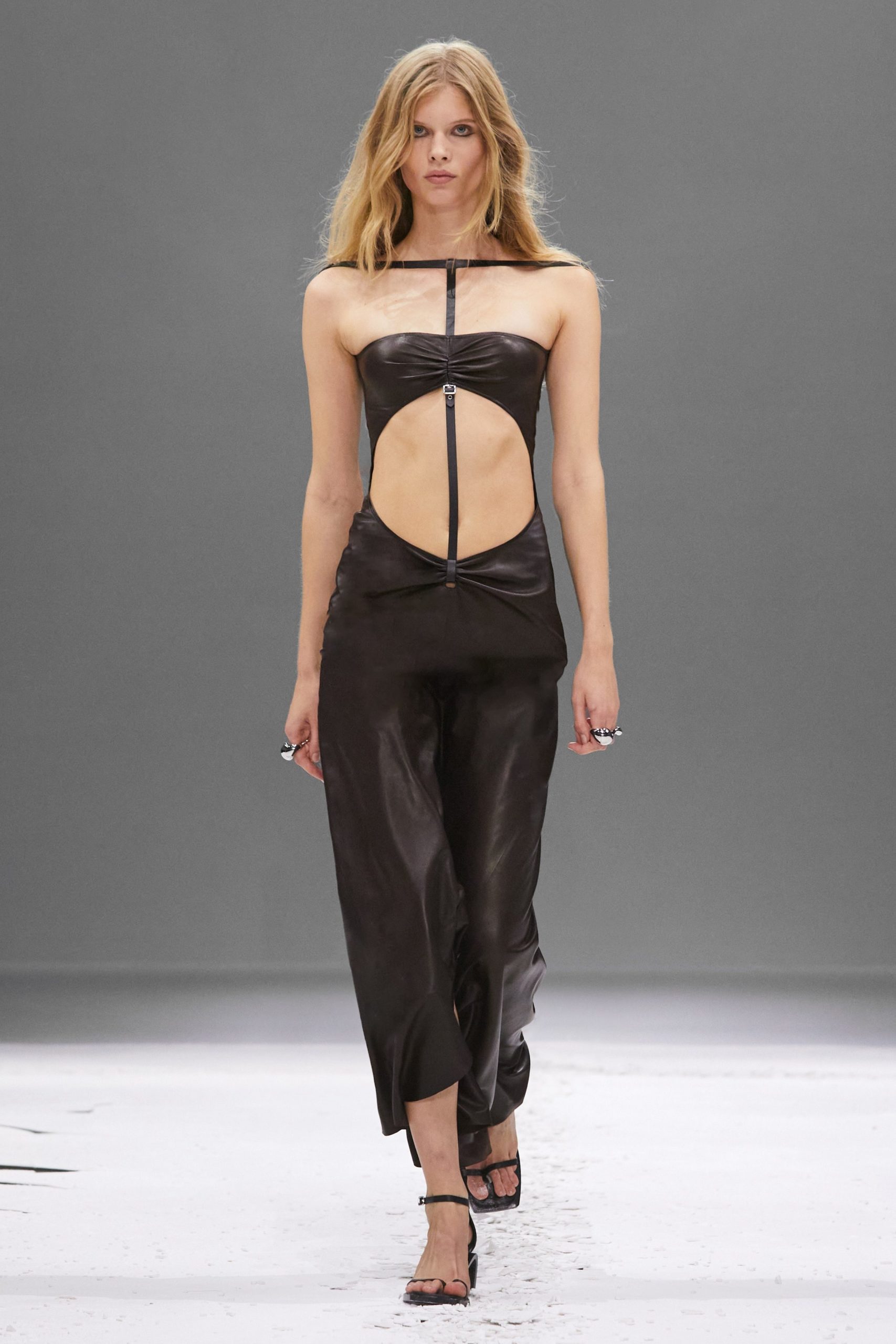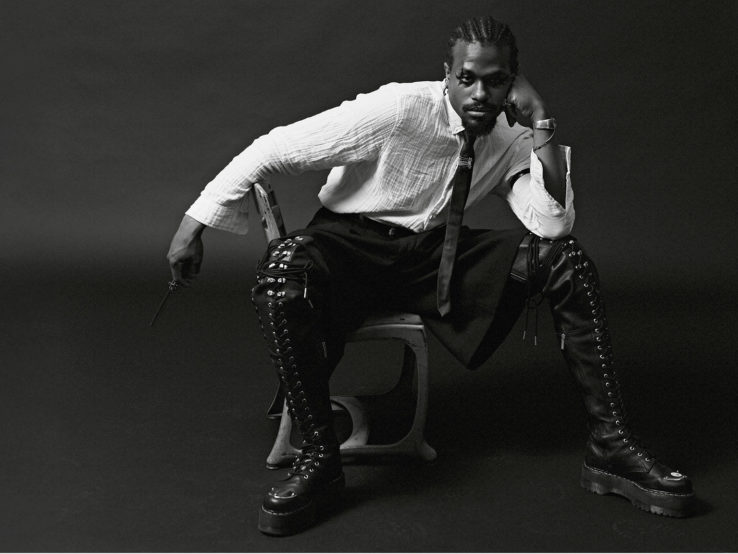M. Were you living in the 9th district at the time?
G. M. No, I was in the 11th district, in a small studio flat on rue Saint-Maur. I had a mattress right in front of my fridge, and I had to move it out the way every time I needed to get to it.
N. D. F. I had a one bedroom flat on rue du Nil in the 2nd district, small but very charming. We didn’t have much when we moved here, and we were working a lot. Even though we often ended up working late into the evening, we thought we were really lucky and had a pretty neat life. We’d have nice picnics in the evenings after work, and I remember going for walks in the parks that were closed at night, like Belleville or Buttes-Chaumont. Climbing over the park fences was our way of embracing both the city and a new life.
M. Did you feel like outsiders at first?
G. M. My grandparents spoke French at home, so I was convinced I’d have no issue communication wise in Paris. I soon realized language would prove to be a real obstacle, and that I spoke the French of a Flemish bastard… After my first internship at Jean Paul Gaultier, I went to work for a company whose offices were based in Istanbul, so I was constantly on the move and meeting people was complicated.
N. D. F. When I was at Balenciaga, I was lucky enough to meet people from the night scene, because nighttime was the only moment I had to myself. Initially, I didn’t connect with very many people here, so I spent a lot of time with Glenn and other friends I’m still in contact with to this day.
M. You’re the same age, and yet your respective worlds couldn’t be further apart. What are some of the values you share as designers?
G. M. For us, the concept comes first, that’s the way we were brought up. There’s also a form of respect for our background and the determination to avoid making mediocre or lazy designs. There’s nothing gratuitous about our approach, each piece really has to have a reason to exist.
N. D. F. To this I would add our respect for raw materials. Sketching is only a tiny part of our work, because Glenn and I know how to make clothes. We know how to assemble a sleeve, we know how to cut leather and we understand the technical side of clothing. We both revolve around the body too, and our fitting sessions are really decisive in the construction of our collections. Even if we’re currently working on projects that require other skills that we’re learning on the job, we share the same love for garments.
M. You both turned 40 this year. When you were 20, could you have imagined what was to come career wise?
G. M. My grandfather was a colonel in the Belgian army, and I remember that when I told him I was going to the Antwerp Academy, he couldn’t take my decision seriously. Fashion meant nothing to him. So as a freshman, I remember telling everyone that I would go and work in Paris, that I would have my own brand and also that I would join a fashion house to become its artistic director.
M. It seems you had it all figured out already! What about you, Nicolas?
N. D. F. It wasn’t quite as clear-cut for me, and my vision of what the future would hold was quite blurry. When I started my three-month internship at Balenciaga, I had no idea they’d actually hire me. After that, I was lucky and things went well. When I was 20, I was just happy to be constantly learning … At Courrèges, I think I was ready, even if I hadn’t really been looking for it. It was the right offer at the right time.
